In the ever-evolving landscape of Search Engine Optimization (SEO), one concept remains a cornerstone of success: link equity. Often referred to as “link juice,” link equity is the value or authority that a webpage passes to another through hyperlinks.
For businesses and website owners aiming to boost their online presence, understanding link equity is not just beneficial—it’s essential. This detailed guide, crafted for 1Solutions.biz, explores what link equity is, why it matters, the factors that determine it, and actionable strategies to enhance and maintain it.
By the end of this blog, you’ll have a comprehensive grasp of link equity and how to harness its power to elevate your website’s performance on search engine results pages (SERPs).
What Is Link Equity?
Link equity is the value or authority transferred from one webpage to another via hyperlinks. When a page links to another, it passes a portion of its SEO “power” to the linked page, helping it rank higher in search engine results.
This concept is rooted in how search engines like Google assess the trustworthiness and relevance of websites. Think of it as a digital recommendation: a link from one page to another signals to search engines that the linked content is credible and worthy of attention.
Link equity operates in two primary ways:
- External Link Equity: This occurs when another website links to yours. For example, if a reputable blog links to your site, you gain some of its authority.
- Internal Link Equity: This happens when pages within your own website link to one another, distributing authority across your site.
The amount of equity passed isn’t fixed—it varies based on several factors, which we’ll explore later. Historically, link equity was closely tied to Google’s PageRank algorithm, which measured a page’s importance based on the quantity and quality of its inbound links. While PageRank is no longer publicly updated, the principle of link equity remains a vital part of modern SEO.
In essence, link equity is a currency of trust and relevance in the digital world, making it a key driver of visibility and traffic.
Must Read – Link Building SEO Guide for 2025
Why Is Link Equity Important?
Link equity, often referred to as “link juice,” is far more than a technical SEO concept—it’s a linchpin that can propel a website from obscurity to prominence. For an online business visibility is synonymous with opportunity, link equity is a critical driver of success.
Its importance stems from its multifaceted ability to enhance search engine performance, strengthen brand authority, accelerate growth, and deliver measurable business outcomes.
Below, we explore in depth why link equity is indispensable, unpacking its benefits with practical examples and strategic insights to illustrate its transformative power.
1. Boosts Search Engine Rankings
Search engines like Google rely heavily on hyperlinks to evaluate a webpage’s authority and relevance. Link equity acts as a digital endorsement, signaling that a page is trustworthy and valuable. Pages with robust link equity—derived from high-quality, relevant backlinks—tend to rank higher on search engine results pages (SERPs), making them more discoverable to users searching for related terms.
- Why It Matters: Higher rankings translate directly into increased visibility. According to a 2023 Backlinko study, the top three organic results on Google capture 54.4% of all clicks, while pages beyond the first page receive less than 1% of traffic. Strong link equity can propel your pages into these coveted top spots, driving organic traffic without the recurring costs of paid ads.
- Real-World Example: A digital marketing agency like 1Solutions.biz might optimize a blog post titled “Top SEO Strategies for 2024” with backlinks from industry-leading sites like Moz or Search Engine Journal. These links could elevate the post from page three to the top five results for “SEO strategies,” generating thousands of monthly visitors and potential leads.
- Strategic Implication: By prioritizing link equity, businesses can target competitive keywords—such as “digital marketing services” or “SEO consulting”—that would otherwise be dominated by established players. This levels the playing field, enabling smaller firms to compete effectively.
2. Builds Website Authority
When reputable, high-authority websites link to your content, they pass a portion of their credibility to your domain, enhancing your overall website authority. This authority, often measured as Domain Authority (DA) by tools like Moz, reflects your site’s trustworthiness and influence in the eyes of search engines. A higher DA makes it easier to rank for a broader range of keywords, even those with fierce competition.
- Why It Matters: Website authority is a cumulative asset that compounds over time. Each authoritative backlink strengthens your domain’s SEO foundation, creating a virtuous cycle where ranking becomes progressively easier. For instance, a site with a DA of 50+ can rank for mid-tier keywords with fewer backlinks than a DA 20 site, saving time and resources.
- Case Study: Consider a small e-commerce store selling eco-friendly products. Initially struggling with a DA of 15, the store secures backlinks from sustainability blogs and a feature in a Forbes article. Within six months, its DA rises to 35, enabling it to rank for “eco-friendly gifts” and doubling its organic traffic. This illustrates how link equity can transform a site’s competitive standing.
- Practical Benefit for 1Solutions.biz: As a digital solutions provider, building authority through link equity can position 1Solutions.biz as a thought leader in SEO, web development, and marketing, attracting high-value clients who trust authoritative brands.
3. Accelerates Content Discovery
Link equity plays a pivotal role in helping search engine crawlers discover and index your content more quickly. When established, well-indexed pages link to your site, they create pathways for crawlers to navigate, ensuring your pages are added to search engine databases faster. This is particularly crucial for new websites or recently published content that might otherwise languish in obscurity.
- Why It Matters: Faster indexing means your content becomes visible to users sooner, capitalizing on timely opportunities. For example, a blog post about a trending topic like “AI in Digital Marketing” could attract traffic within days if linked from a high-traffic site, rather than weeks if left to organic discovery.
- Example: A new page on 1Solutions.biz offering “Custom Web Development Services” might take weeks to index naturally. However, a backlink from a tech blog with strong indexing signals could prompt Google to crawl and rank the page in days, driving immediate visibility.
- Additional Advantage: Links from frequently crawled sites (e.g., news outlets or industry hubs) can signal freshness, a factor Google rewards in dynamic niches like technology or marketing.
4. Drives Referral Traffic
While link equity’s primary role is SEO, its benefits extend to referral traffic—visitors who arrive directly via links from other sites. When relevant, high-traffic sources link to your content, they send targeted users who are already interested in your niche, increasing the likelihood of engagement and conversions.
- Why It Matters: Referral traffic is often high-quality, as it comes from users pre-vetted by the linking site’s context. A 2022 HubSpot report found that referral traffic converts at a rate of 14.6%, compared to 1.7% for outbound leads, making it a powerful channel for lead generation.
- Scenario: Suppose a popular marketing podcast links to a 1Solutions.biz guide on “Effective PPC Campaigns” in their show notes. Listeners visiting the guide are likely marketers seeking expertise, resulting in longer dwell times, newsletter sign-ups, or service inquiries.
- Strategic Angle: Referral traffic diversifies your traffic sources, reducing reliance on organic search and cushioning against algorithm updates.
5. Provides a Competitive Edge
In crowded digital markets, effective link equity management can be a game-changer, helping you outshine competitors vying for the same audience. By securing high-value backlinks and optimizing internal link structures, you can claim prime SERP real estate, capturing clicks that might otherwise go to rivals.
- Why It Matters: The SEO landscape is a zero-sum game—only one site can hold the #1 spot for a given keyword. Link equity gives you an edge by amplifying your authority and relevance, enabling you to outrank competitors with weaker link profiles.
- Real-World Impact: A local SEO firm competing for “SEO services Delhi” might struggle against national brands. By earning backlinks from local business directories, tech blogs, and a regional news outlet, the firm could leapfrog competitors, securing a top-three ranking and dominating local searches.
6. Delivers Long-Term Value
Unlike ephemeral SEO tactics—such as keyword stuffing or low-quality link schemes—that risk penalties, high-quality link equity offers enduring benefits. Links from authoritative, relevant sources continue passing value for months or years, supporting rankings and traffic long after the initial effort.
- Why It Matters: Long-term value aligns with sustainable business growth. A single high-equity link can deliver compounding returns, reducing the need for constant reinvestment compared to paid ads, which stop driving traffic the moment funding ceases.
- Example: A 2020 blog post on “SEO Best Practices” linked from a DA 70 industry site could still drive traffic and equity to 1Solutions.biz in 2025, provided the content remains relevant. In contrast, a $5,000 Google Ads campaign might yield a temporary spike but vanish without ongoing spend.
- Sustainability Factor: Quality links are resilient to algorithm updates, as they align with Google’s emphasis on trust and relevance, ensuring your SEO strategy remains future-proof.
7. Enhances User Trust and Brand Perception
Link equity indirectly shapes how users perceive your brand. When your site is linked from reputable, well-known sources, it inherits a halo of credibility, fostering trust among visitors. This psychological boost can influence user behavior, encouraging longer visits, higher engagement, and greater likelihood of conversions.
- Why It Matters: Trust is a currency in the digital age. A 2023 Edelman Trust Barometer report found that 88% of consumers prioritize trust when choosing brands, and links from authoritative sites signal reliability.
- Illustration: If 1Solutions.biz earns a link from a respected outlet like Entrepreneur.com, visitors arriving via that link are more likely to view the company as a credible expert, increasing their propensity to inquire about services.
- Brand Synergy: Over time, consistent link equity from trusted sources can position your brand as an industry leader, amplifying word-of-mouth referrals and client retention.
8. Supports Scalable Growth
Link equity is a scalable asset that grows in impact as your link profile expands. Each high-quality link strengthens your domain, making it easier to rank new pages and target ambitious keywords. This scalability is ideal for businesses planning long-term digital expansion.
- Why It Matters: Scalability reduces the marginal effort needed for future SEO wins. A site with a strong link equity foundation can launch new content or services with less link-building effort, as existing authority provides a head start.
- Practical Example: If 1Solutions.biz builds a robust link profile for its core SEO services, launching a new offering (e.g., “AI-Driven Marketing Solutions”) becomes easier, as the domain’s authority accelerates rankings for related keywords.
- Growth Multiplier: Scalable link equity supports multi-channel strategies, enhancing performance in local SEO, content marketing, and even paid campaigns.
Must Read – 9 Link Building Strategies for Bloggers
7 Factors That Determine Link Equity
The value of link equity isn’t uniform—it depends on several variables. Understanding these factors allows you to optimize your link-building efforts effectively. Let’s break them down:
#1. Link Relevance
Relevance is the cornerstone of link equity. A link’s value increases when the linking page’s content aligns with the linked page’s topic. Search engines prioritize contextual connections over random ones.
- Example: A link from a tech blog to a page about SEO tools carries more equity than a link from a cooking site to the same page.
- Why It Matters: Relevant links signal to search engines that your content fits within a specific niche, enhancing its credibility.
Tip: Seek links from sites in your industry and ensure internal links connect topically related pages.
#2. Website Authority
The authority of the linking site is a major determinant of link equity. Sites with high domain authority (DA)—built through quality content and strong backlinks—pass more value.
- Example: A link from Forbes outweighs one from an obscure blog with low traffic.
- Why It Matters: Authority reflects trustworthiness, and search engines reward links from reputable sources.
Tip: Target backlinks from high-DA sites and work to elevate your own site’s authority over time.
#3. Link Position
Where a link appears on a page—its position—affects its equity. Links in prominent spots, like the main content or near the top, carry more weight than those in footers or sidebars.
- Example: A link in a blog post’s opening paragraph is more valuable than one in the footer.
- Why It Matters: Prominent links are more likely to be clicked, signaling importance to search engines.
Tip: Place key links early in your content and avoid relegating them to less visible areas.
#4. Link Density
Link density refers to the number of outbound links on a page. The more links a page has, the less equity each one passes, as the total value is divided among them.
- Example: A page with 5 links passes more equity per link than one with 50.
- Why It Matters: Diluted equity reduces the impact of individual links.
Tip: Limit outbound links to maintain strong equity flow and use nofollow tags for less critical ones.
#5. Link Status
The status of a link—whether it’s follow or nofollow—determines if equity is passed. Follow links transfer value, while nofollow links (often used for paid or untrusted content) do not.
- Example: A follow link from a trusted site boosts equity; a nofollow link from the same site doesn’t.
- Why It Matters: Follow links directly influence rankings, while nofollow links offer indirect benefits like traffic.
Tip: Pursue follow links from quality sources and use nofollow appropriately for non-essential links.
#6. Page Status
The status of the linking page—its indexing, traffic, and ranking—impacts equity. Pages that are indexed, active, and authoritative pass more value than those that are not.
- Example: A link from a popular, indexed blog post is more valuable than one from an unindexed or penalized page.
- Why It Matters: Healthy pages amplify the equity they share.
Tip: Ensure your own pages are optimized and monitor linking pages for issues.
#7. Anchor Text
Anchor text, the clickable part of a link, provides context about the linked content. Descriptive, keyword-relevant anchor text enhances equity.
- Example: “SEO strategies” as anchor text is better than “click here” for an SEO guide.
- Why It Matters: It helps search engines understand the linked page’s purpose, boosting relevance.
Tip: Use natural, varied anchor text and avoid over-optimization to prevent penalties.
Must Read – 10 Best WordPress Plugins for SEO
How to Boost and Preserve Link Equity
Understanding the factors that influence link equity—such as relevance, authority, and link status—is only half the battle.
To truly harness its power, you need a strategic, proactive approach to build, optimize, and protect this valuable SEO asset.
For an online business, mastering link equity can elevate its online authority, attract high-quality traffic, and drive measurable business outcomes.
Below, we outline a comprehensive set of actionable strategies to boost and preserve link equity, complete with detailed steps, examples, and advanced tactics to ensure long-term success.
1. Acquire High-Quality Backlinks
High-quality backlinks from authoritative, relevant websites are the cornerstone of link equity. These links act as digital endorsements, transferring significant SEO value to your site. Here’s a detailed roadmap to secure them:
- Create Stellar ContentExceptional content is a magnet for backlinks. Develop resources so valuable that others can’t help but link to them. Think in-depth guides, original research, interactive tools, or visually compelling infographics.
- Why It Works: According to a 2023 Ahrefs study, content with high linkability (e.g., guides, studies) earns 3-5x more backlinks than standard blog posts.
- Action Steps:
- Identify topics with high demand using tools like AnswerThePublic or Google Trends.
- Invest in quality—hire expert writers, designers, or data analysts to produce standout content.
- Optimize for shareability with embedded visuals, downloadable PDFs, or interactive elements.
- Guest PostingContribute articles to reputable blogs in your niche, including links back to your site. Guest posts not only deliver equity but also position you as an industry thought leader.
- Why It Works: Guest posts on high-DA sites (DA 50+) can boost your rankings within weeks, per Moz research.
- Action Steps:
- Identify target sites using tools like BuzzSumo or Ahrefs Content Explorer.
- Pitch unique, data-driven topics tailored to their audience.
- Ensure links are contextual (within the article) and use relevant anchor text.
- Outreach CampaignsProactively pitch your content to bloggers, journalists, and influencers who might link to it. Personalized outreach can unlock high-value backlinks from authoritative sources.
- Why It Works: A Backlinko study found that targeted outreach increases link acquisition rates by 32%.
- Action Steps:
- Use tools like Hunter.io to find contact emails.
- Craft concise, value-focused pitches highlighting why your content benefits their audience.
- Follow up politely after 5-7 days if no response.
- Broken Link BuildingIdentify broken links on relevant websites and offer your content as a replacement. This win-win tactic leverages existing link intent without starting from scratch.
- Why It Works: Broken link building has a 50%+ success rate when executed thoughtfully, per SEMrush data.
- Action Steps:
- Use Check My Links or Screaming Frog to find broken links on target sites.
- Create or identify content that matches the original link’s intent.
- Reach out with a polite, concise pitch offering your replacement.
- Resource PagesGet your content listed on curated resource pages or directories in your industry. These pages are designed to link out, making them prime targets for equity.
- Why It Works: Resource pages often have high authority and low link density, maximizing equity per link.
- Action Steps:
- Search for resource pages using queries like “[niche] + resources” or “[niche] + links.”
- Submit your content via their submission process or direct outreach.
- Ensure your content is polished and relevant to their criteria.
Pro Tip: Track backlink quality with Ahrefs or Majestic to prioritize links from high-DA, low-spam-score sites, ensuring maximum equity transfer.
2. Optimize Internal Linking
Internal linking is a powerful, underutilized tool for distributing link equity within your website. By strategically linking your pages, you can prioritize key content, enhance user navigation, and boost SEO performance.
- Prioritize Key PagesDirect equity to high-value pages—such as service pages, cornerstone content, or conversion-focused landing pages—by linking to them from multiple sources.
- Why It Works: Internal links signal to search engines which pages are most important, amplifying their authority. A 2022 Moz experiment showed that strategic internal linking lifted target page rankings by 10-15 positions.
- Action Steps:
- Identify 3-5 priority pages (e.g., “Web Development Services,” “SEO Consulting”).
- Add links to these pages from high-traffic pages like your homepage or popular blog posts.
- Limit links to 2-3 per priority page to avoid dilution.
- Use Relevant Anchor TextAnchor text for internal links should clearly describe the linked page’s content, enhancing both SEO and user experience.
- Why It Works: Descriptive anchor text provides context, helping search engines and users understand the link’s purpose.
- Action Steps:
- Audit existing internal links for generic anchor text and update them.
- Use keyword variations naturally to avoid over-optimization.
- Test anchor text impact with tools like Google Search Console.
- Maintain a Logical StructureCreate a hierarchical site architecture with categories and subpages linked cohesively, ensuring equity flows logically.
- Why It Works: A clear structure improves crawlability and user navigation, reducing bounce rates and boosting equity distribution.
- Action Steps:
- Map your site’s structure using tools like Screaming Frog or Lucidchart.
- Ensure every page is reachable within 3 clicks from the homepage.
- Use breadcrumb navigation to reinforce hierarchy and equity flow.
Pro Tip: Automate internal linking with plugins like Yoast SEO or Link Whisper to identify and add relevant links efficiently.
3. Focus on Relevance
Relevance is the linchpin of effective link equity. Links—whether external or internal—carry more value when they connect topically related content, aligning with user intent and search engine algorithms.
- Contextual PlacementEmbed links within content that naturally complements the linked page’s topic, maximizing equity and user engagement.
- Why It Works: Contextual links are seen as editorial endorsements, carrying up to 40% more equity than non-contextual links, per Backlinko research.
- Action Steps:
- Review content for opportunities to add contextual links to related pages.
- Avoid forcing links into unrelated sections, which can confuse users and dilute equity.
- Use content clusters (e.g., a hub page linking to subtopics) to reinforce relevance.
- Avoid Random LinksSteer clear of linking to unrelated pages, as these dilute topical authority and weaken equity flow.
- Why It Works: Topical consistency strengthens your site’s niche authority, a key ranking factor.
- Action Steps:
- Audit internal and outbound links for relevance using Ahrefs Site Audit.
- Remove or replace irrelevant links with topically aligned ones.
- Monitor competitor link profiles for inspiration on relevant link targets.
Pro Tip: Use schema markup to enhance topical relevance, signaling to search engines the relationships between your linked pages.
4. Maintain Your Link Profile
Regular maintenance is critical to preserving link equity and preventing losses from toxic links, broken pages, or outdated content.
- Audit BacklinksPeriodically review your backlink profile to identify and address low-quality or toxic links that could harm your SEO.
- Why It Works: Toxic links can trigger penalties, reducing equity and rankings. A clean link profile boosts credibility.
- Action Steps:
- Run monthly audits with Ahrefs, SEMrush, or Google Search Console.
- Flag links from low-DA or irrelevant sites (e.g., spam directories).
- Submit a disavow file to Google for harmful links, documenting your efforts.
- Fix Broken LinksBroken links (e.g., 404 errors) disrupt equity flow and frustrate users. Repair or redirect them to retain value.
- Why It Works: Fixing broken links can recover 10-15% of lost rankings, per Moz data.
- Action Steps:
- Use Screaming Frog or Dead Link Checker to identify 404s and 500s.
- Implement 301 redirects for valuable broken links to similar pages.
- Update internal links pointing to broken pages.
- Refresh ContentUpdate outdated pages to maintain their authority and link-worthiness, ensuring they continue attracting and passing equity.
- Why It Works: Fresh content signals relevance, encouraging new links and sustaining existing ones.
- Action Steps:
- Identify underperforming or dated pages with Google Analytics.
- Add new data, visuals, or sections to enhance value.
- Promote updated content via email or social media to attract fresh links.
Pro Tip: Schedule quarterly link profile reviews to catch issues early and maintain a healthy equity ecosystem.
5. Leverage Indirect Channels
While not direct sources of link equity, indirect channels can amplify your link-building efforts by increasing visibility and attracting organic backlinks.
- Social MediaShare your content on platforms like LinkedIn, Twitter, or industry-specific forums to boost exposure and encourage natural linking.
- Why It Works: Social shares increase content reach, with 68% of marketers reporting backlink gains from social promotion, per HubSpot.
- Action Steps:
- Share content with compelling visuals and hashtags on relevant platforms.
- Engage with industry groups or communities to amplify reach.
- Monitor referral traffic in Google Analytics to track link-building opportunities.
- PR CampaignsLaunch public relations initiatives—such as press releases, events, or partnerships—to earn links from media outlets and high-authority sites.
- Example: Hosting a webinar on “How to Identify and Exclude Bot Traffic From Google Analytics 4” and pitching it to tech news sites could secure links from outlets like TechRadar.
- Why It Works: PR-driven links often come from DA 80+ sites, delivering substantial equity.
- Action Steps:
- Use PR Newswire or Cision to distribute press releases.
- Partner with influencers or brands for co-branded events.
- Track earned links with Google Alerts or Mention.com.
Pro Tip: Combine social and PR efforts—e.g., live-tweeting a webinar to drive buzz and link opportunities.
6. Advanced Tactics for Link Equity Mastery
To elevate your strategy, incorporate these advanced techniques:
- Skyscraper TechniqueFind popular content in your niche, create a superior version, and pitch it to sites linking to the original.
- Example: If a “Top 10 SEO Tools” post ranks well, 1Solutions could publish a “Top 20 SEO Tools for 2025” and outreach to linking sites.
- Impact: Brian Dean’s skyscraper method increased backlinks by 110% for one site in two weeks.
- Steps:
- Use Ahrefs Content Explorer to find high-performing content.
- Enhance it with new data, visuals, or depth.
- Pitch to linking sites with a tailored email.
- Link ReclamationIdentify unlinked mentions of your brand and request links.
- Steps:
- Set up Google Alerts for brand mentions.
- Contact site owners with a friendly, value-focused request.
- Track success with Ahrefs Referring Domains.
- Steps:
- Tiered Link BuildingBuild secondary links to pages linking to you, boosting their authority and, indirectly, the equity they pass.
- Example: If a DA 50 blog links to 1Solutions.biz, get DA 30 sites to link to that blog post, amplifying its power.
- Caution: Avoid spammy tactics to stay Google-compliant.
Pro Tip: Test one advanced tactic at a time, measuring impact with Google Search Console to refine your approach.
Must Read – Multiple Properties can now be exported in bulk from Google Search Console
Conclusion
Link equity is more than a technical facet of SEO—it’s a powerful catalyst that can propel your website to new heights in visibility, authority, and engagement.
Harnessing this digital currency means unlocking opportunities to connect with clients, outshine competitors, and build a lasting online legacy.
By mastering the seven key factors—relevance, authority, position, density, status, page health, and anchor text—you lay the groundwork for a robust link equity strategy.
In the dynamic digital landscape of 2025, where competition for attention is fiercer than ever, link equity offers a sustainable path to success.
It’s not about quick wins or shortcuts; it’s about cultivating a network of meaningful connections that amplify your brand’s reach and impact. Whether you’re a small business aiming to dominate local search or a global enterprise targeting industry leadership, the principles of link equity provide a universal blueprint for growth.
Take action today—leverage the strategies outlined here, monitor your progress with precision, and watch as your website rises to claim its rightful place at the forefront of the digital frontier with 1Solutions as your guide.
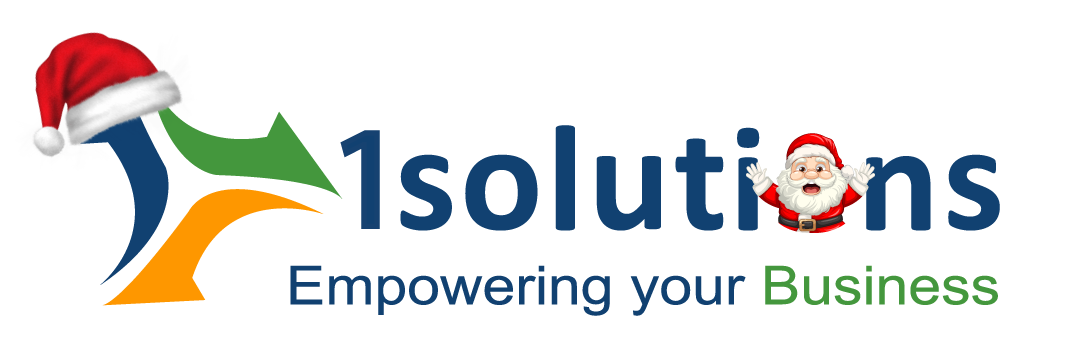


















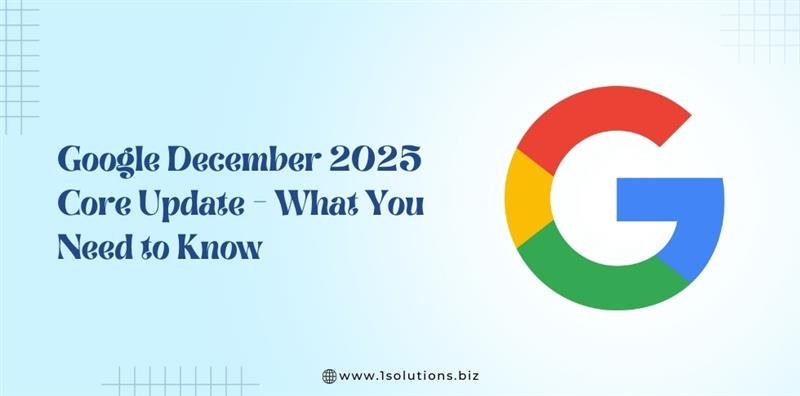
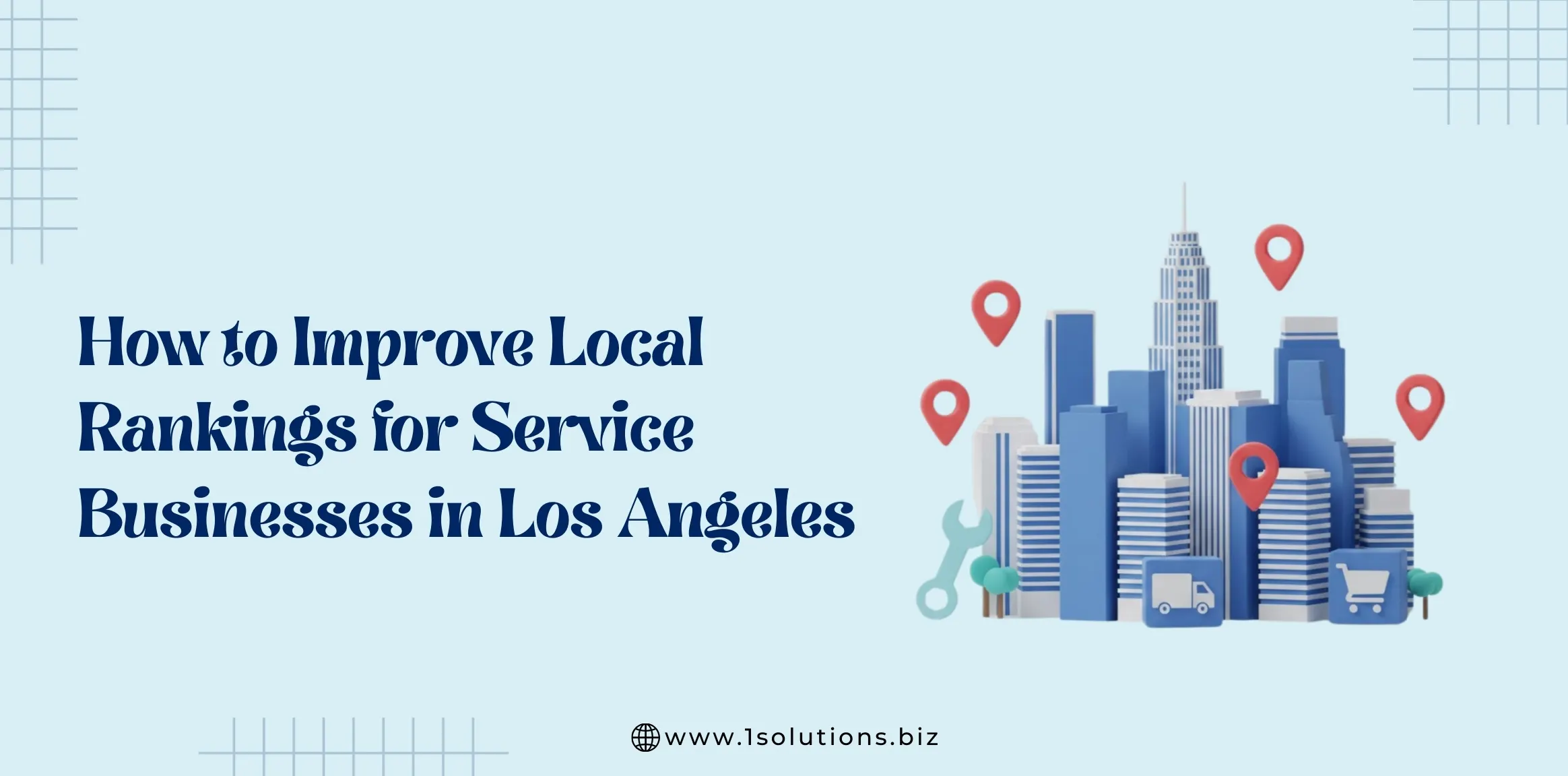
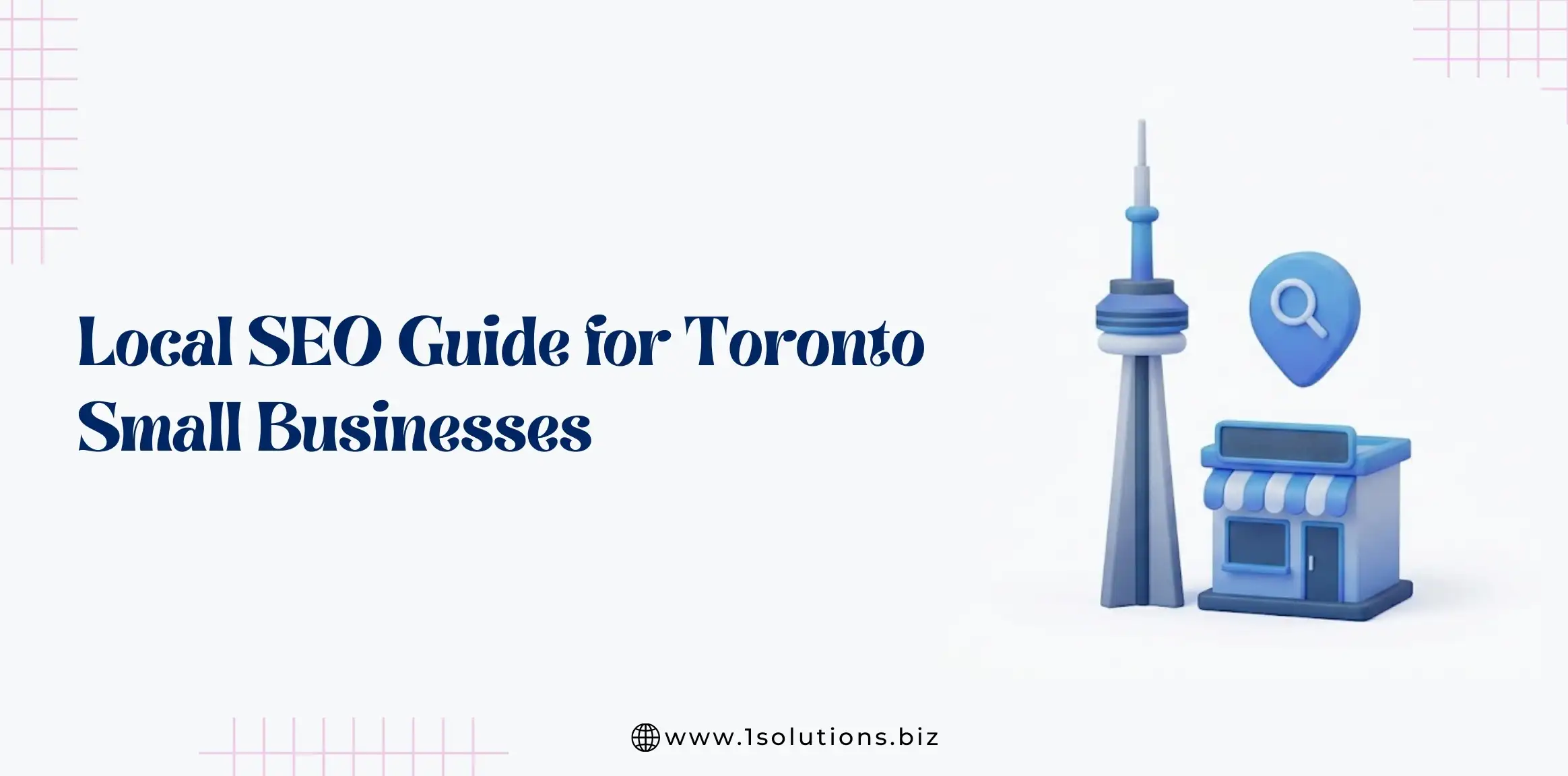

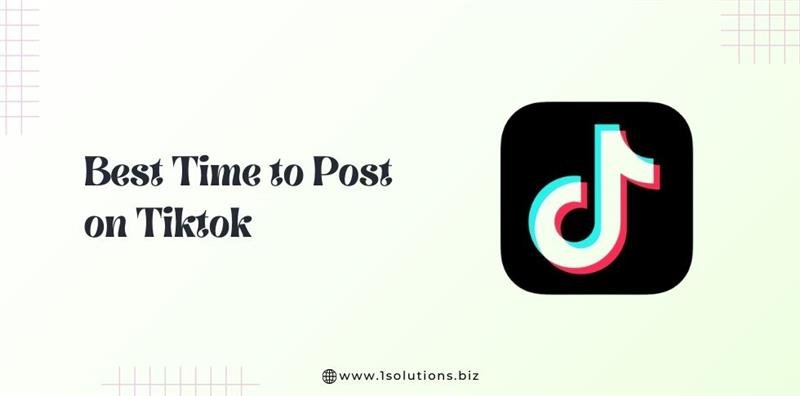
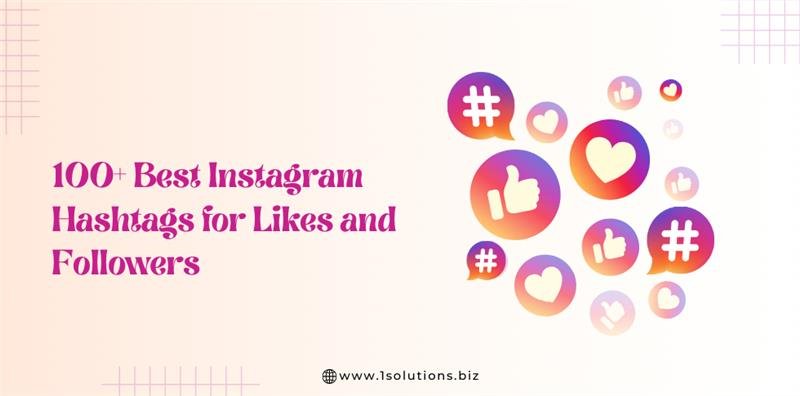
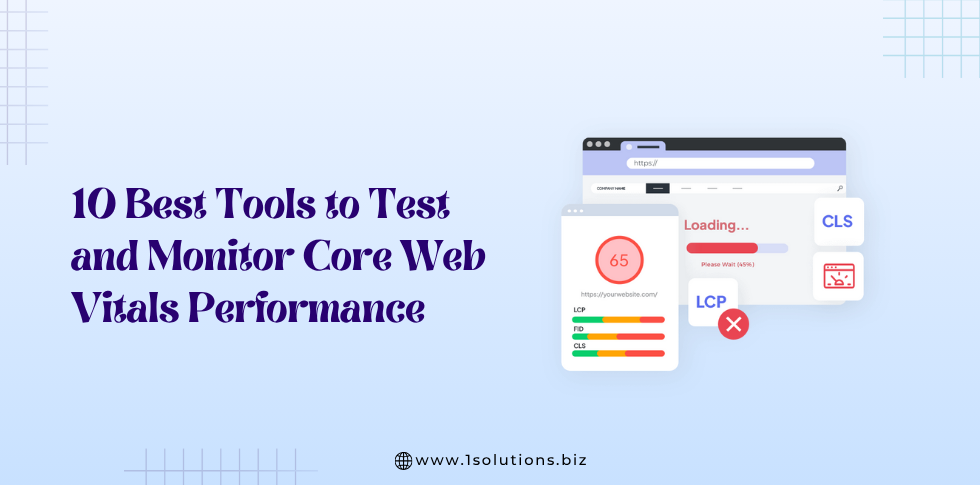




 in India
in India